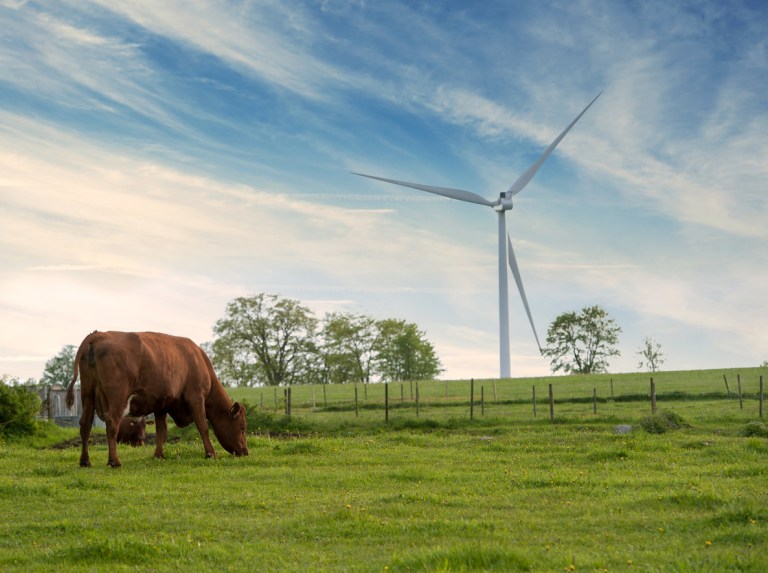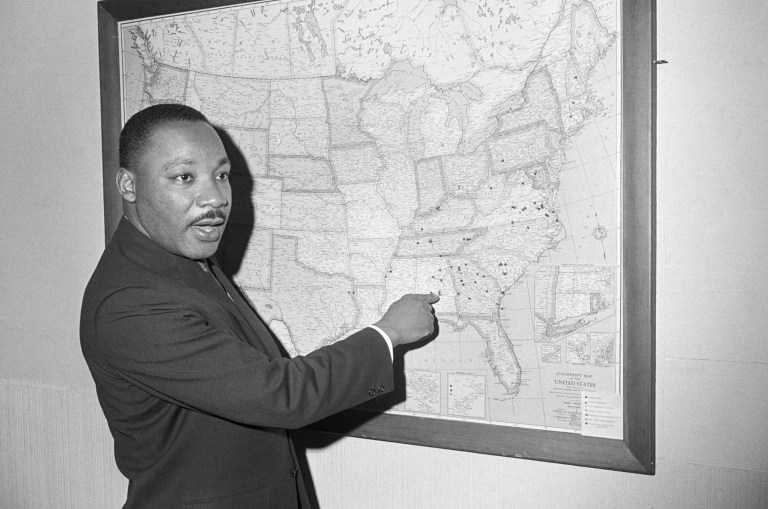This article was updated on 1/6/25.
You’ve undoubtedly heard terms like millennial, boomer, and Gen Z used in conversation: Nicknames referring to the various generations have become pervasive in the modern vernacular — but exactly who belongs to which cohort isn’t always clear.
According to the Pew Research Center, categorizing people into various generations provides a means of analyzing changes in perspectives over time. Global events, technological advances, and social shifts can influence how people see the world, particularly when those experiences take place during one’s formative years.
Below is a guide to help you differentiate the generational cohorts, including some key characteristics of each. It’s important to note, however, that determining the cutoff point between one generation and the next is not an exact science. If you’re on the cusp of a generational divide, it’s entirely possible you’ll relate just as much or more to the group before or after yours. In some cases, those individuals even find themselves with a creative nickname all their own (think: “zillennial”).
The Greatest Generation (born approximately 1901-1927)


In the U.S., many from this generation weathered the struggles of the Great Depression only to find themselves faced with World War II, but the term “The Greatest Generation” is actually a relatively modern invention. According to Encyclopedia Britannica, the moniker took hold following the publication of journalist Tom Brokaw’s 1998 bestselling book of the same name. In the work, Brokaw highlights how the individuals from this era “were participants in and witness to sacrifices of the highest order.”
The Silent Generation (born approximately 1928-1945)
Caution was the order of the day for his generation, who were “born just too late to be World War II heroes and just too early to be New Age firebrands,” per Forbes. In 1951, when those born in this timeframe were still considered youngsters, Time magazine referred to them as “The Silent Generation,” noting their tendency to stay quiet and keep to themselves, both literally and figuratively.
This cohort is also referred to as the “Lucky Few,” due to the economic boom they experienced right out of high school.
Baby Boomers (born approximately 1946-1964)
The “baby boom” phenomenon refers to the explosive and prolonged birth rate following the end of World War II. This generation would be shaped by numerous political, social, and world events, including the Civil Rights Movement, the Cold War, the Vietnam War, the moon landing, and LGBTQ activism. Check out a timeline here.
The baby boom and the phenomenon of “suburbia,” or suburban life, went hand in hand, according to History.com. Starting in 1944, the GI Bill assisted soldiers returning from WWII by subsidizing low-cost mortgages, so it was typically cheaper to buy a house in the suburbs than rent an apartment in the city.
Generation X (born approximately 1965-1980)
Sociological trends played a big role on Gen Xers during their formative years: The divorce rate in the U.S. more than doubled between 1960 and 1980, resulting in an increase of single parents. Subsequently, this cohort is often referred to as “the latchkey generation” because many of its members’ personal identities were “in part shaped by the independence of being left alone after school,” per JSTOR Daily.
Gen X is often seen as being a bridge between the older generations and the younger, as they fall right around the middle of baby boomers and millennials when it comes to many demographic measures, like diversity, religious affiliation, and technology use.
Millennials (born approximately 1981-1996)
Many millennials grew up during or in the aftermath of the wars in Iraq and Afghanistan, and most have memories of the terrorist attacks of 9/11, all events that played a role in shaping the modern-day climate of political polarization. This generation — the most racially and ethnically diverse until Generation Z came around, according to Pew Research — furthermore witnessed the historical election of the U.S.’s first Black president while still adolescents or young adults.
Additionally, most millennials came of age during the explosive growth of the internet and entered the workforce during a significant economic downturn. Their personal, professional, and financial choices are in many ways shaped by these two societal events.
Generation Z (born approximately 1997-2012)
Gen Z is the first to have no concept of life before the internet, and, according to Stanford News, its members’ key characteristics include the value they place on diversity and forging their own unique identities. Research out of the university’s Center for Advanced Study in the Behavioral Sciences found them to be “highly collaborative,” deeply caring about the needs of others, and pragmatic about inherited issues like climate change.
Not surprisingly, the research also determined that the internet’s impact upon the “speed, scale, and scope of human communications” has dramatically influenced how this generation works, plays, shops, finds friends, and learns about other people. And with so much access to information about societies and cultures around the globe, they inherently developed their appreciation for diversity.
This group is alternatively referred to as iGen or postmillennial.
Gen Alpha (born approximately 2010-2024)
Author and social researcher Mark McCrindle first coined the nickname Generation Alpha back in 2005, after it became apparent to him that a new cohort was about to emerge and was as of then unnamed.
“In keeping with this scientific nomenclature of using the Greek alphabet in lieu of the Latin, having got to Generation Z, I settled on the next cohort being Generation Alpha ― not a return to the old, but the start of something new,” McCrindle explained to Huffington Post about the decision.
Mostly the children of millennials, this generation’s members are still being born, so it’s difficult to say what world events will most influence them. But McCrindle had this to say in terms of predictions: “This generation of children will be shaped in households that move more frequently, change careers more often, and increasingly live in urban, not just suburban, environments.”
Gen Beta (born approximately 2025-2039)
January 2025 marks the end of Gen Alpha and the dawn of Gen Beta, a term once again designated by McCrindle. While we have yet to see this new era take shape, a few things are for sure: Many of these children will be the offspring of millennials and older Gen Zers, living until the 22nd century.
Gen Beta kids, who are expected to become 16% of the global population by 2035, will grow up in a world infused with technology and AI, which could impact everything from their schools to doctor’s offices. They’ll walk the tightrope of forming their identities and developing relationships both online and IRL — but their parents will be well-equipped to help them.
Since many millennials and Gen Zers discovered social media at a young age, they’re already familiar with the positives and pitfalls of the tech-centric tools that their Gen Beta kids are bound to utilize. “We predict Generation Beta will embody the balance between hyper-connectivity and personal expression,” McKrindle wrote. “They’ll redefine what it means to belong, blending in-person relationships with global digital communities.”
But tech isn’t the only factor that will impact these quarter-century babies. Once again, they’ll be influenced by their millennial and Gen Z parents to prioritize social and environmental issues. “With climate change, global population shifts, and rapid urbanization at the forefront, sustainability will not just be a preference but an expectation,” McCrindle explained, adding that they will likely grow up to be “more globally-minded, community-focused, and collaborative than ever before. Their upbringing will emphasize the importance of innovation not just for convenience, but for solving the pressing challenges of their time.”
RELATED: The Secret to Raising Successful Kids Is All in the Chore Chart, Research Shows












